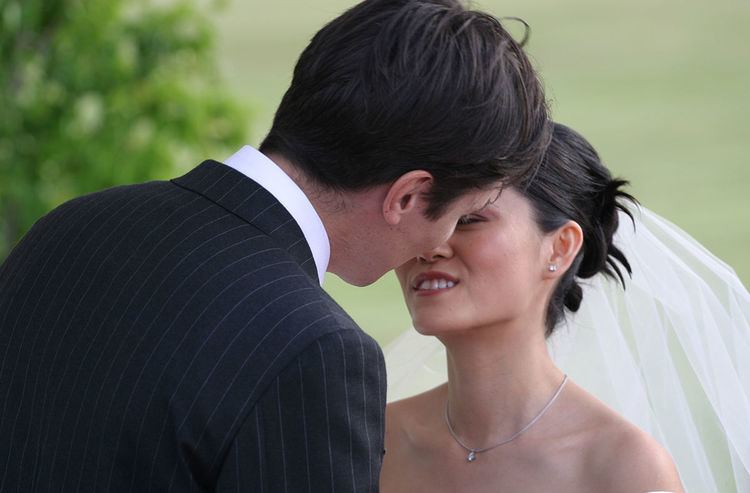 | ||
Mate preferences in humans refers to why one human chooses or chooses not to mate with another human and their reasoning why (see: Evolutionary Psychology, mating). Men and women have been observed having different criteria as what makes a good or ideal mate (gender differences). A potential mate's socioeconomic status has also been seen as having a noticeable effect, especially in developing areas where social status is more emphasized.
Contents
Parental investment
The idea of parental investment is common both in humans and in the animal kingdom and derives from the fact that across most species there is an imbalance in the amount of time each parent invests in their offspring. Parental investment acts as a determinant of offspring survival, and accessing this investment is important for the sex that doesn’t provide as much PI. This theory states that the sex that invests the most time in raising its offspring is the limiting sex: it is more selective when choosing a mate. The other sex thus invests most of their time in competing for and courting mates. Sexual selection by the limiting sex is stronger the larger the disparity between PI between the sexes. Whilst parental investment is relatively equal in humans, females are the selective sex because males are able to impregnate a number of females, whilst one male may only impregnate a female and they must invest a lot of time initially into the pregnancy. However, the investment by males does mean that males are also selective, and thus females ornaments have evolved to address this. According to evolutionary psychology, PI explains why females tend to focus on traits indicating a superior resource acquisition ability, whilst males tend to focus on signals of fertility: females are selective of their mate; males are selective over when they invest.
Gender differences
Mating preferences are not only confined to long-term relationships. Men and women have developed separate sexual strategies that are used for both short-term and long-term mate gain. Psychological adaptations such as mate guarding and sexual jealousy, and biological adaptations such as men’s testes size indicate that polygamy was present in evolutionary history, and is preferred in certain situations. Short term mating forms a larger part of the male sexual strategy, largely due to PI, with men more willing to engage in intercourse sooner and preferring a larger number of partners than women. Yet mate preference changes depending on the strategy being used: when searching for a long-term mate, women often tend to emphasise resources, but in the short term, a potential mate's physical attractiveness is weighed more heavily because it is a good indicator of desirable genes.
Predictors for long-term relationship success
In a study conducted by Shackleford, Schmitt, & Buss (2005), four dimensions were found that seem to predict how compatible two people are in what they're looking for in a long-term relationship. The survey was given to over 9,800 people from 37 different cultures across 6 continents and 5 islands. The four dimensions are:
The four dimensions found imply that males and females weigh how important they view the two sides of each dimension to them in a long term relationship. In the dimension of Love vs. Status/Resources, the higher a person scores on that scale, the more emphasis they place on Love and less on Status/Resources. A common example of this would be the concept of extraversion and introversion; if a person ranks high on extraversion, they're considered extraverts, but a person scoring low would be considered an introvert. Using this example, a high score would indicate Love as most important, and a low score would indicate Status/Resources as most important. This applies to the other three dimensions as well, with the first concept pairing being the higher end of the spectrum and the second concept pairing being the lower-end. A positive or negative score only shows direction, not inherent value.
There were several gender differences observed in the study. For instance, men seemed to rate Love vs Status/Resources higher in importance in relation to women, meaning men place more of an emphasis on mutual love while women place more of an emphasis on Status/Resources. Women rated the other three dimensions higher in importance. A majority of cases saw women rate Dependable/Stable vs. Good Looks/Health higher, implying a stable personality is more desirable to women than a physically attractive mate. Education/Intelligence vs. Desire for Home/Children was also rated higher, showing that similar educational background and political views are more important than home life, and a small number of cases had women rank Sociability vs. Similar Religion higher (a pleasing disposition is more important than sharing religious beliefs).
In sum, men appear to value physical attractiveness, health, and a want for home life and children in their long-term mates, whereas women appear to value maturity, dependability, education, social status, and financial stability.
